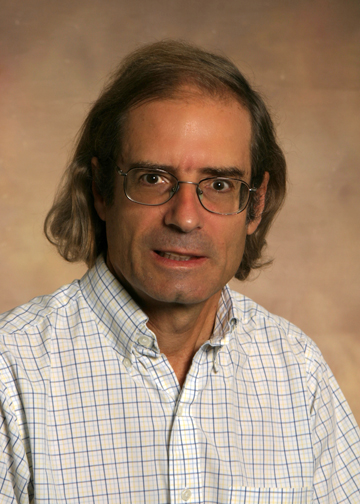- Audiences
- Interests
- Types
ME Graduate Seminar: Paul Durbin
Oct 24, 2019
03:30 PM - 04:20 PM
103 South Capitol Street, Iowa City, IA 52240

Title: Adaptive Detached Eddy Simulation
Presented by: Paul Durbin, Professor
Department of Aerospace Engineering, ISU
Director of Turbulence Simulation and Modeling Laboratory
ABSTRACT:
To accurately predict turbulent flows, one would like to first simulate the turbulent eddies and then compute statistics. However, the grid requirements to do so are excessive. Usually, the largest expense is due to a requirement for fine grid resolution near walls. Mitigating this expense has led to the idea of hybrid simulation, in which a layer near the wall is treated by a model of the averaged flow (RANS), so the eddies need not be resolved and then averaged. Away from the wall the computation can transition to eddy resolved simulation (LES). While it is economical to have that near wall RANS layer, it is not attractive to specify in advance where it is; much better, let the turbulence model decide. That is the goal of adaptive hybrid modeling.
Detached Eddy Simulation (DES) is an attractive version of hybrid modeling. Rather than thinking of it as a combination of RANS and LES regions, per se, it should be considered as a length scale prescription that is used in an eddy resolving simulation. The length scale changes either to RANS or to LES formulas, within regions of the flow domain.
The topic of this talk, Adaptive DES, refers to an enhanced method of allowing the model to select the simulation regime. By reformulating DES (which reformulation, we call the the /i2? model) it becomes possible to invoke standard test-filter methods to compute a model coefficient locally and instantaneously. The method also relies on a limiter that detects whether eddies are well enough resolved to allow test-filtering.
Adaptive DES will be illustrated by a variety of illustrative simulations, including separation in two- and three-dimensional geometries, rotating channel flow and a combustor swirler nozzle. The latest extension consists of a treatment of rough walls by replacing the actual roughness with a drag model. It will be illustrated how that drag model has a remarkable ability to emulate the effect of actual roughness on the eddying flow.
Individuals with disabilities are encouraged to attend all University of Iowa–sponsored events. If you are a person with a disability who requires a reasonable accommodation in order to participate in this program, please contact in advance at